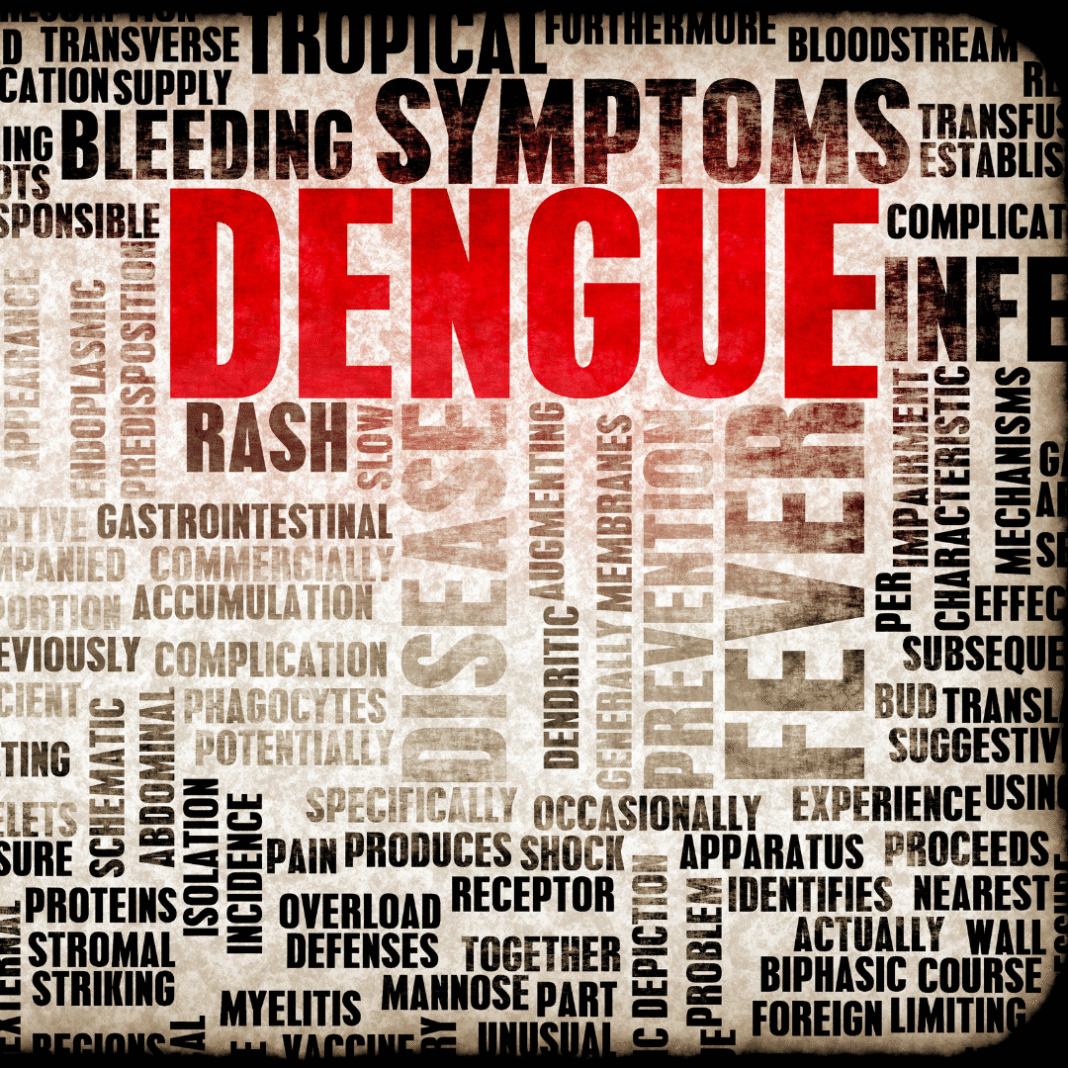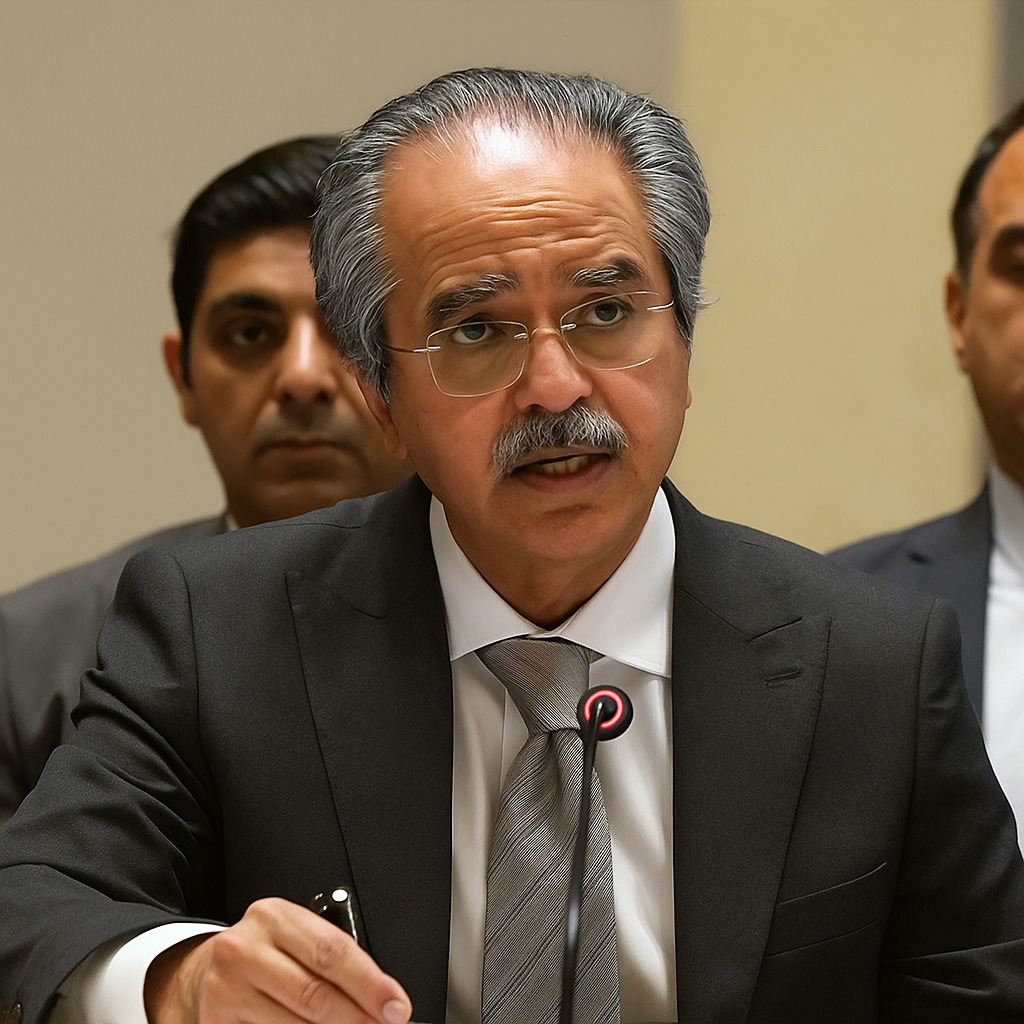Dengue in Pakistan 2025 — Current Situation, District Counts and What Comes Next
Overview (as of Sept 18, 2025)
Pakistan is experiencing a renewed surge of dengue cases in 2025. After monsoon rains and widespread waterlogging, urban and peri-urban centres — notably Karachi, Islamabad/Rawalpindi, Lahore and parts of Khyber Pakhtunkhwa — are reporting rising patient numbers. Hospitals in hotspot districts are feeling the strain, surveillance is uneven across provinces, and public-health authorities have issued alerts and stepped up vector control drives.
Snapshot — Key national points
- Many provincial health departments report fresh clusters of dengue cases in September, with large urban centres contributing the bulk of new infections. Islamabad reported 25 new cases in a single 24-hour period recently; officials say hospital admissions are rising.
- Sindh’s cases remain concentrated in Karachi, which continues to be the provincial epicentre. Sindh also recorded its first dengue fatality for 2025 earlier in the season.
- Khyber Pakhtunkhwa (K-P) is seeing an upward trend as well, with several districts (Charsadda, Abbottabad, Peshawar, Chitral Lower, Dir Lower and others) reporting confirmed infections; authorities warn of further spread after recent rains.
District / City snapshot (latest reported figures)
| Province / City | District / City | Latest recent figure / total (2025) | Notes |
|---|---|---|---|
| Sindh | Karachi Division | ~260 cases (Sindh total ~295); Karachi is the main hotspot; Sindh reported its first 2025 dengue death earlier in the year. | Karachi remains the biggest concern |
| ICT (Capital) | Islamabad | 25 new cases (24 hrs); season total around 435–528. Hospitals reporting rising admissions. | Mix of rural and urban clusters |
| Punjab | Lahore | ~56 cases (province total ~310). Lahore and other Punjab cities are seeing steady rises. | Major urban centre, cases growing |
| Punjab | Rawalpindi / Murree | Rawalpindi ~52–134; Murree ~22–56 — cases rising faster than last year. | Hill stations now vulnerable |
| Khyber Pakhtunkhwa | Multiple districts | ~398 confirmed in province with hotspots in Charsadda (70), Abbottabad (17), Peshawar (11), others. | Trend rising after recent rains |
Hotspots, trends and why this wave matters
- Urban centres remain highest risk — Karachi, Lahore, Islamabad/Rawalpindi lead because dense housing, intermittent water supply and waste/water stagnation create many breeding sites for Aedes mosquitoes.
- Spread into hill and northern districts — this year K-P and hill stations (Murree, Abbottabad, Chitral areas) have recorded notable clusters, signalling that dengue risk is not limited to lowland megacities.
- Season timing & climate — Pakistan’s dengue season usually peaks July–September, but changing monsoon patterns and post-monsoon waterlogging can extend risk into October–November.
- Healthcare strain — hospitals in hotspot districts have reported increases in dengue admissions; shortages of beds, basic fluids, and in some places platelet supplies and ICU capacity are emerging concerns.
Clinical picture & early warning signs to watch for
Most patients present with the classic dengue syndrome: fever, severe headache, retro-orbital pain, muscle/joint pain, nausea, and rash. Worrying signs that require immediate medical attention include:
- Persistent vomiting, severe abdominal pain, bleeding (gums, nose, skin), rapid breathing, and signs of low blood pressure/shock.
- Rapidly falling platelet counts and rising haematocrit are red flags for dengue haemorrhagic fever/shock. Early medical care (fluid management, monitoring) reduces risk.
Doctors emphasize early testing (NS1 antigen / IgM) during the febrile phase and close monitoring of platelet trends and vital signs.
Public-health response — what authorities are doing now
- Surveillance & reporting: Provincial health directorates have stepped up case finding and are publishing regular situational updates in hotspot areas.
- Vector control: Municipal and health teams are conducting anti-larval drives, fogging/spraying in affected union councils, and source reduction campaigns to remove stagnant water.
- Hospital preparedness: District hospitals in major hotspots are being asked to ensure triage, adequate IV/fluids, platelet support pathways and isolated wards for dengue patients.
- Public messaging: Authorities are urging residents to cover water containers, clean roof tanks, avoid leaving open vessels, and use repellents and protective clothing, especially around dawn/dusk.
Gaps & risks that need urgent attention
- Under-reporting — many cases are initially seen in private clinics; not all are immediately reported into provincial dashboards, so official figures likely undercount the true caseload.
- Resource mismatch — some districts (especially rural K-P, interior Sindh, and parts of Balochistan) lack rapid diagnostics and are vulnerable to late presentation and complications.
- Behavioral challenges — community compliance with source reduction is uneven, particularly in informal settlements where water storage is unavoidable.
- Possible vaccine gap — dengue vaccination strategies are complex and not yet widely deployed; short-term control depends on vector control and clinical management.
What must be done — immediate and medium-term actions
- Scale up district surveillance — mandate daily reporting from major public and private hospitals and labs in hotspot districts; set up mobile testing camps where access is limited.
- Rapid vector suppression — targeted anti-larval campaigns, clean-up drives, and focused spraying in union councils with clusters; prioritize high-transmission wards.
- Hospital surge planning — emergency standing orders to expand triage, reserve beds for dengue, ensure platelet/IV fluid supply chains, and enable quick transfers to higher-level care.
- Community mobilization — door-to-door campaigns, local volunteers, and mosque/church/union council leaders to champion removal of breeding sites.
- Inter-provincial coordination — share data and resources (e.g., diagnostic kits, platelet units) so overwhelmed cities/districts can draw support quickly.
- Public communications — clear, consistent advisories on early warning signs, when to seek care, and household prevention.
- Prepare for prolonged season — with PMD and health departments warning of high-risk windows into late 2025, plans must extend beyond immediate weeks.
Quick takeaways for readers
- If you live in Karachi, Lahore, Islamabad/Rawalpindi, Murree, Peshawar or other hotspot districts — remove standing water, cover tanks, use repellents, and seek early medical attention for high fever.
- Authorities are responding with surveillance and vector control, but community action and timely clinical care will determine whether this wave is contained.
- Expect regular updates from district health offices; numbers will change as reporting catches up.



